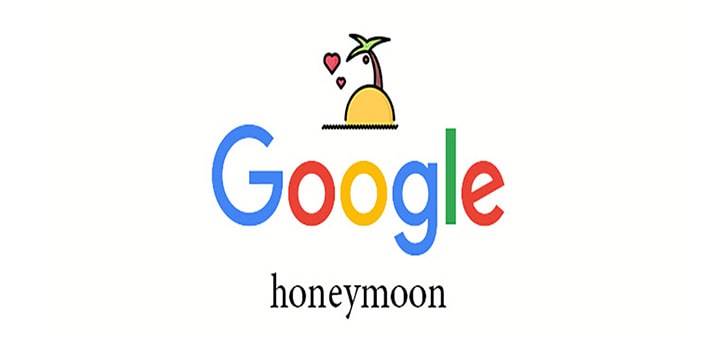What Is Google’s Honeymoon Algorithm And How Does It Work?
One of Google’s policies is that if a website is newly launched, it will display web pages in search results. This is the policy of the honeymoon algorithm that we discuss in this article.
How does the Honeymoon Algorithm work?
The honeymoon algorithm dates back to 2004. If you’ve just launched your website, you may have noticed that you’re amazingly on the first page of search engine results (SERP).
This is a phenomenon that is part of Google’s policies. When a user searches for a keyword on Google, the Search Engine offers the best results based on the same keyword, utilizing indexed information from websites.
This policy of Google has reasons that have not been officially announced; however, in this article, we will examine these reasons based on the experiences of administrators and users of the results page.
Why will you be in the first results of Google with the help of the honeymoon algorithm
1. Link to the keyword searched

One of the reasons you are at the beginning of the results is that Google wants to verify your relationship with the same keyword you searched for. Then, if you have used the same keyword in your pages, the user will see the site.
You may visit your site. Google aims to display the closest and most relevant results to its users when they are on its website.
Use quality and appropriate content. Google will give you a better score.
Please note that the exact timeframe for your website to be included in the honeymoon algorithm is not known, but it typically takes between 2 and 4 weeks. It has even been reported that the website may remain in this algorithm for an extended period.
2- Exposure to the user
The second reason you may be at the beginning of the results is that Google wants to expose your newly launched site to users. In addition to being misleading and surprising, Google Honeymoon can help your site grow rapidly.
3- No competition in the keyword used
The third possible reason is that you may have used a keyword with little to no competition, or you may have written about a topic that is currently trending, and soon, stubborn competitors will emerge and take your place. Take. This will slowly lower your ranking.
Finally, after you are stored in the honeymoon algorithm, you are placed in another algorithm called the sandbox algorithm. In the following article, we will discuss the sandbox algorithm in a clear and practical manner.
Tip: Remember that a sudden increase in rank and a sudden drop in your website’s ranking can occur. Don’t worry, but do your best from the very beginning. Click through Google.
Ranking criteria in Google
- Clickthrough rate (CTR)
- Bounce rate
- Time onclickthroughate

The formula for calculating the clickthrough rate (CTR) is the number of user clicks on a website divided by the number of page views in Google.
User retention on the site
Just when a user enters your site and leaves, your time on site is counted. The longer the user stays on the site, the more the user-visited page is liked, which means attracting Google and user satisfaction.
Tip: When you are on Google’s honeymoon, users come to your site more than they do. Because, as already mentioned, you are at the beginning of the results in Google Honeymoon, and it is you who must satisfy the users to stay on your site from the very beginning of the results page, and by publishing attractive and valuable content to keep them satisfied.
Jump rate

The jump rate may even be more important than the above two criteria. A bounce rate occurs when a user visits and exits only one page of your website without entering another page. The lower the jump rate, the better.
Solutions to prevent site bounce rates
- The loading speed of the site and its pages
- Site UI & UX appearance
- Readability and appropriate content on the site
- Do not use annoying banners and excessive advertising

